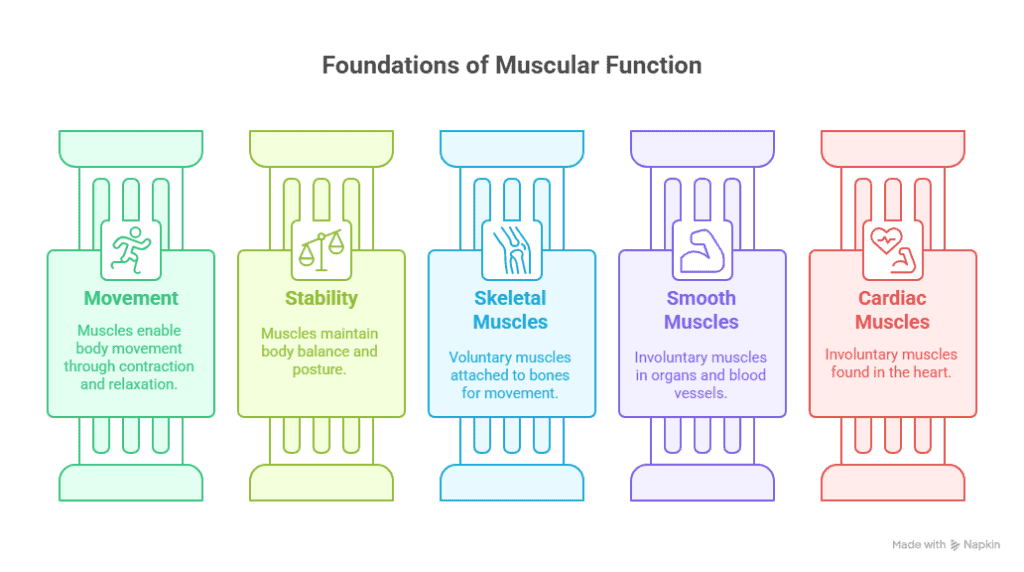The muscular system is a complex network of tissues that enables movement and provides support for the body. Muscles are responsible for everything from blinking our eyes to walking, running, and lifting objects. Without muscles, we would not be able to perform any physical activities.
Types of Muscles
There are three main types of muscles in the human body: skeletal muscles, smooth muscles, and cardiac muscles. Skeletal muscles are attached to bones and are responsible for voluntary movements. Smooth muscles are found in internal organs and blood vessels, controlling involuntary movements such as digestion and blood flow. Cardiac muscles are specific to the heart and are responsible for pumping blood throughout the body.
Structure of Muscles
Muscles are made up of individual muscle fibers that are bundled together to form muscle tissue. Each muscle fiber contains myofibrils, which are responsible for muscle contractions. The muscle tissue is surrounded by connective tissue that provides support and protection to the muscles.
Functions of the Muscular System
The main function of the muscular system is to produce movement. Muscles work in pairs, with one muscle contracting while the other relaxes to create movement. Muscles also help to maintain posture, support the body’s weight, and generate heat to regulate body temperature.
Importance of the Muscular System
Having a strong and healthy muscular system is essential for overall health and well-being. Regular exercise and proper nutrition are key factors in maintaining muscle strength and flexibility. Weak muscles can lead to a variety of health problems, including poor posture, decreased mobility, and increased risk of injury.

Summary
In summary, the muscular system is a vital component of the human body that enables movement, provides support, and regulates body temperature. Understanding the structure and function of muscles is key to maintaining a healthy lifestyle. In this course, we will explore the anatomy of the muscular system in more detail, focusing on the different types of muscles, their functions, and how to keep them strong and healthy.

Key Takeaways:
- The muscular system is made up of over 600 muscles in the human body
- Muscles are responsible for movement, stability, and posture
- There are three types of muscles: skeletal, smooth, and cardiac
- Skeletal muscles are attached to bones and are under voluntary control
- Smooth muscles are found in organs and blood vessels and are involuntary
- Cardiac muscles are found in the heart and are also involuntary
- Muscles work in pairs to move by contracting and relaxing
Key Terms:
- Muscular System: The system of the body composed of muscles and tendons that allows for movement, stability, and posture.
- Skeletal Muscle: A type of muscle tissue that is attached to bones and is responsible for voluntary movements.
- Smooth Muscle: A type of muscle tissue found in the walls of hollow organs and blood vessels, responsible for involuntary movements.
- Cardiac Muscle: A type of muscle tissue found in the heart, responsible for pumping blood throughout the body.
- Contraction: The process in which muscle fibers shorten and generate force, leading to movement.
- Relaxation: The process in which muscle fibers lengthen and release tension, allowing for the return to a resting state.